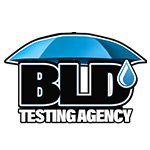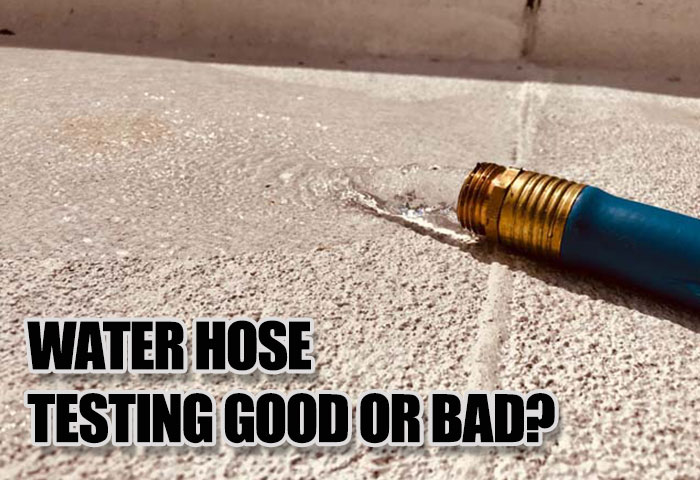Never use a water hose to perform water intrusion building leak detection
Despite what many people think to be a good idea, using a water hose to look for water intrusion in windows and/or doors is not the best idea. Most people; and especially contractors, think that a simple water hose test will uncover water leaks in just about any material surface or system in a home or building. This is absolutely not the case. In fact, a water hose is extremely ineffective when it comes to specific window or door tests. It’s both unreliable and the results are inconclusive.
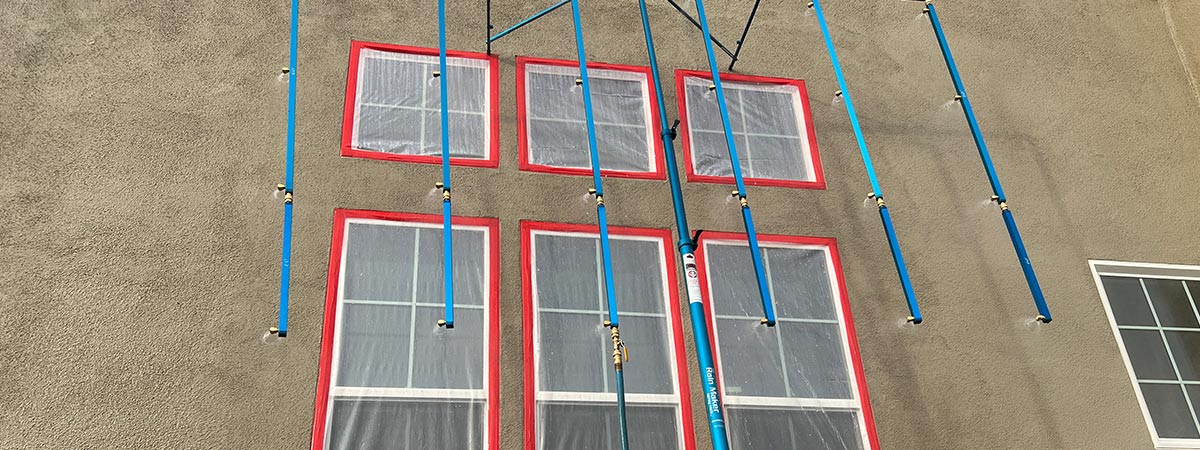
Reasons a Water Hose Should not Be Used For Water Testing
Listed here are a few reasons why a water hose is not suggested to be used for the testing of building systems in a house or commercial building.
The water hose rain leak test cannot be recreated
The basis for water intrusion testing is that the results are precise as administered by a water intrusion expert in Las Vegas. With that precision, and depending on the type of test; house or commercial building, the results must be repeatable. Let’s say you have your home tested for water intrusion by specialists and they locate a water leak in the windows. Obviously, the windows will have to be repaired but then after, you will definitely want to have them re-tested to determine whether or not the leaks that were originally discovered were indeed repaired. A water hose test cannot be repeated.
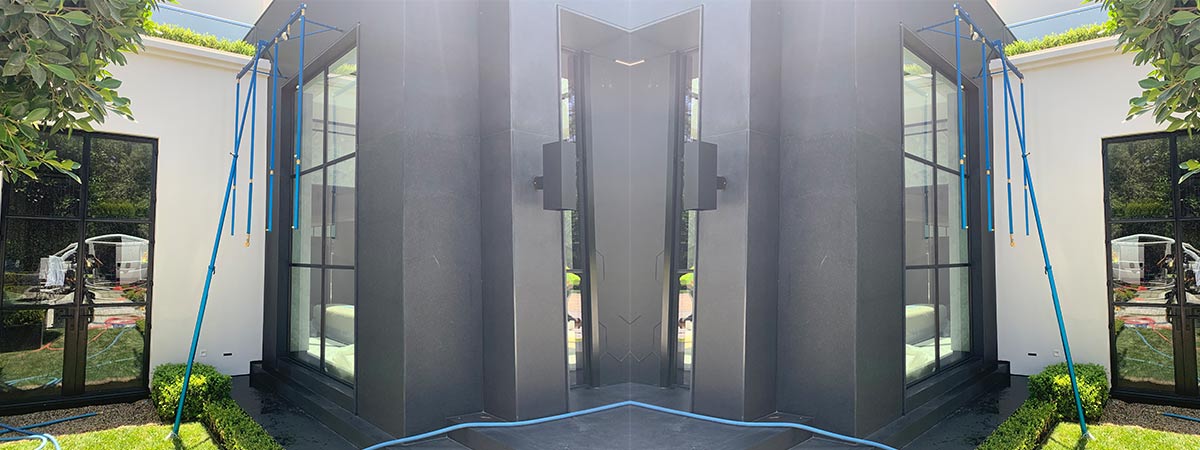
A water hose is not a professional piece of equipment
A water hose is effectively the tool used to supply a calibrated, professional spray rack which is the go-to tool used to identify water leaks in a home or commercial building. Sure a water hose is used in conjunction with a spray rack, but it’s not intended to be used as the sole way for testing a building. Even a DIY test.
Water hoses produce way too much pressure
When it comes to testing a home or building, the calibrated spray rack is the way to go. It delivers water onto a building in a manner that closely simulates rainfall. The pressure or water it delivers is quite low but extremely widespread and uniform on the surface of a building. A water hose on the other hand delivers an enormous amount of water at extremely high pressures. Water pressure that is not consistent with genuine rainfall. This high pressure can in fact create leaks that may not have otherwise existed in different building materials or systems like windows or doors. So effectively you can make leaks that were not originally present. Overpressureizing a window or door is absolutely not a good idea.
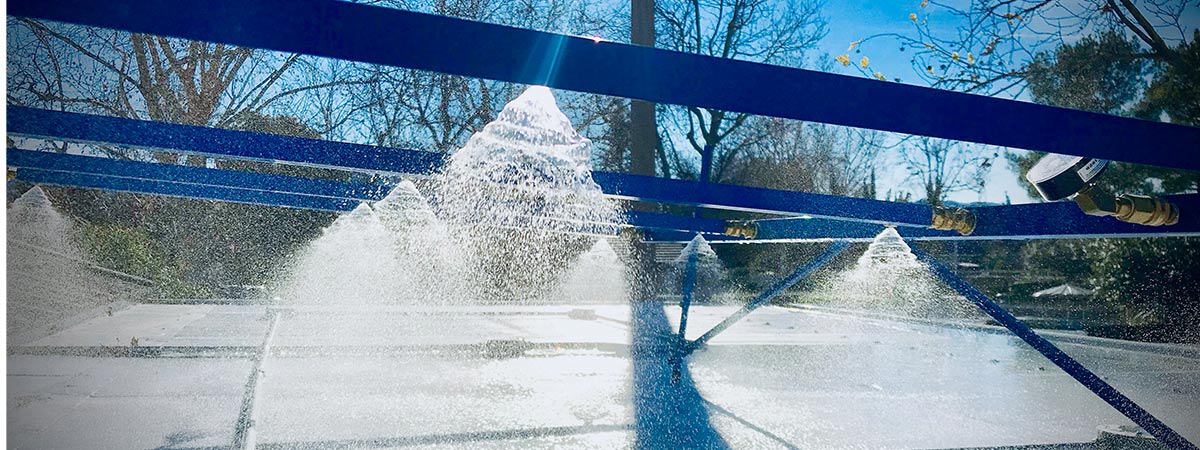
Water Hose used for Exterior Wall Rain Leak Testing
Wall tests, on the other hand, are a different type of test that may use a water hose as noted in the ASTM E2128 standard. Essentially, the exterior wall system is made with an internal waterproofing material that if damaged or missing may leak if water is introduced. The way rain falls on a wall can sort of be simulated with the use of a “soaker-hose”. Gravity can effectively take the water in whatever pressure and slow it down once delivered onto a flat stucco surface for example and on its way down the wall. Below is the ASTM E 2128 standard which actually mentions the use of a water hose for water testing an exterior wall. This type of test cannot however simulate a wind-driven rain event.
10.3.1 Simulating Surface Flow—Water flows down the face of a wall by gravity. This flow is capable of causing leaks under some circumstances even without wind-induced differential pressure. Surface flow can be simulated by wetting a wall area with a matrix of uniformly spaced spray nozzles that deposit a full film of water. The customary spray rate is between 4 and 10 gallons per square foot per hour, nominally averaging 5 gallons per square foot per hour and is intended to deliver a continuous water film to the test area, rather than to simulate a particular rain event. Tests to simulate surface flow alone, without differential pressure, are a useful first test. Other methods of depositing a surface film of water for diagnosing leaks include soaker hoses or a trickle of water from an ordinary hose. Soaker hoses or a trickle of water have been particularly useful in diagnosing problems with drip edges and small overhangs.
